The Israel-Hamas War has now entered its second year following the unexpected assault by Palestinian factions on Israel on October 7, 2023. This sudden attack disrupted Israel’s long-held sense of security, undermining public confidence in both the Israeli military and its intelligence apparatus. In response to the incursion, the Israeli military launched a devastating offensive on Gaza, resulting in over 41,500 fatalities and leaving 96,000 others wounded Moreover, a punitive blockade has severely cut off essential supplies of food, energy, water, and medicine, crippling Gaza’s already fragile healthcare system. The blockade, coupled with ongoing military strikes, has devastated key infrastructure, housing, the economy, agricultural lands, and fishing fleets. This has pushed nearly half a million people into a state of food insecurity.
Israel has consistently forced Gaza’s residents to relocate into increasingly confined areas, with the number of displaced individuals now reaching nearly 1.9 million. The widespread devastation has led the United Nations to issue repeated warnings, cautioning that Israel’s actions are rendering Gaza uninhabitable.
After a year of war, Israel has failed to achieve its primary objectives. Hamas remains intact, and the prisoners held by its factions have not been released. Instead, the war has widened, with violence escalating beyond Gaza and into the West Bank, while tensions between Israel and Iran, along with its regional proxies, have intensified. This escalation has pushed the Middle East to the brink of a broader confrontation, potentially setting the stage for a full-scale war between Israel, Iran, and its respective proxies. As hopes for a ceasefire and prisoner exchange dwindle, pressing questions now emerge: Who stands to lose and who will benefit from this protracted war? When and how will Israel’s war conclude, and what will be left in its wake?
This analysis highlights the gains and losses of the most important parties to the conflict as follows:
Hamas
Hamas claims to have inflicted unprecedented damage on its adversary, marking a significant moment in Israel’s history while reasserting its “resistance” credentials. This resurgence has bolstered its popularity among Palestinians at a time when the leadership of the broader Palestinian national movement is in flux. Additionally, Hamas has succeeded, at least temporarily, in halting the normalisation of regional relations with Israel. Tactically, Hamas achieved notable success, resulting in heavy Israeli civilian and military casualties and the capture of numerous hostages. However, these achievements have not translated into clear political or strategic gains. Gaza remains perilously exposed to Israeli airstrikes, with no viable path to long-term security, irrespective of Hamas’s military successes. The cost has been steep; while Hamas has paid a heavy price, ordinary Palestinians have borne an even greater burden. Its military capabilities and infrastructure have been severely damaged, its leadership is under constant pressure, and its long-term political standing remains uncertain.
The only brief ceasefire of the war, negotiated in late Nov. 2023, represented a tactical victory for Hamas, resulting in the release of 110 hostages in exchange for 240 Palestinian prisoners, alongside Israel’s temporary allowance of increased aid into Gaza. Nevertheless, the offensive has persisted relentlessly, with multiple rounds of ceasefire negotiations collapsing, primarily due to Israeli Prime Minister Benjamin Netanyahu’s insistence on achieving what he describes as total victory.
Israeli officials claim that they have successfully dismantled 18 of Hamas’s 24 battalions. They have also targeted several senior Hamas leaders, including the Deputy Commander of Hamas’ military wing Marwan Issa, who was one of the planners of the October 7 attack and held a prominent position within Hamas in Gaza. In a more measured approach, Israeli forces have targeted Hamas tunnels, dismantled strongholds, and eliminated numerous ammunition caches, significantly degrading much of Hamas’s military infrastructure. However, Hamas’s long-term position remains considerably stronger than Israel would prefer. In light of the significant death toll and extensive destruction caused by the Israeli war, Gaza is likely to be populated by angry, vengeful young men, creating a fertile ground for recruitment by Hamas. Even if Hamas is ultimately defeated on the battlefield, its narrative of resistance -which the only path to a free Palestine is through violence- continues to resonate deeply among the populace.
While Israel has targeted several Hamas leaders, the most significant, Chairman of the Hamas Political Bureau Yahya Sinwar, remains alive as of October 2024, indicating that the Israeli military has largely stalled. Israel has withdrawn the majority of its forces from the Strip, retaining a presence along the central Netzarim Corridor to prevent Palestinians from returning to northern areas. Other military operations, such as those targeting Hamas’s remaining stronghold in Rafah, are likely to yield only marginal gains targeting a few thousand Hamas fighters which will not substantially alter the balance of power. The death of a prominent person such as Sinwar would likely lack substantial military significance; however, it could yield political advantages for Prime Minister Benjamin Netanyahu’s government. Hamas possesses a robust leadership structure and has consistently demonstrated its ability to endure the loss of senior personnel at the operational level, often emerging politically stronger.
Palestinian People
The war has inflicted massive collateral damage, devastating Palestinian lives and livelihoods. By Sept. 2024, the situation for Palestinians in Gaza had reached a dire state, with at least 41,431 fatalities, 95,818 injuries, and approximately 1.9 million displaced individuals out of a total population of about 2.2 million. The casualty figures reported by the Hamas-run Ministry of Health in Gaza, which are widely accepted by international monitoring organisations, do not account for the substantial number of missing individuals. Currently, only 17 of the 36 hospitals are partially operational, and the majority of Gaza’s buildings have been devastated by relentless bombardment, reminiscent of the destruction seen in German cities during World War II. In July 2024, a satellite imagery survey estimated that 63% of Gaza’s buildings had sustained damage, including 215,137 housing units. Life became increasingly desperate a few months into the Israeli Military offensive against Hamas forces, as Israel sealed the border crossings into Gaza. Palestinians scrambled for essential resources such as food, water, medicine, money, and shelter, relying heavily on aid packages that arrived slowly. In September, the UN Office for the Coordination of Humanitarian Affairs (OCHA) reported that 46% of aid deliveries were obstructed or denied access to needy Palestinians.
As bombing and ground operations intensified, 86% of Gaza was placed under forced evacuation orders by August, leaving the El Mesawey area – a sandy strip of tents in the south – as the sole declared safe haven. In that same month, the region experienced a polio outbreak, occurring 25 years after it had been eradicated. Amid the worsening conditions and no ceasefire in sight, relief organisations renewed earlier warnings of an impending famine. United Nations International Refugee Humanitarian Organisation cautioned in September that the risk of famine was escalating due to ongoing disruptions in aid delivery, persistent bombing, and widespread displacement.
Palestinians living in the West Bank also endured heavy losses following Hamas’s October 7 attack, as Israeli forces sealed off the enclave, restricted workers from travelling to their jobs in Israel, and intensified operations to locate, detain, and eliminate suspected terrorists. According to the Palestinian Ministry of Health in Ramallah, over 700 Palestinians have lost their lives in the West Bank and East Jerusalem since the onset of the war. Since October 7, 2023, a report by the OCHA, issued Sept. 25, 2024, indicates that Israeli authorities have demolished 1,725 structures and displaced 4,450 Palestinians, double the displacement rate compared to the previous year. Approximately one-third of Palestinians in the West Bank are now unemployed, as businesses have shuttered and travel and work permits to Israel were suspended following the events of October 7.
Iran and the Axis of Resistance
A year after Hamas launched a devastating attack on Israel, the Islamic Republic of Iran -its principal proxy- now confronts a challenging regional landscape. For the past decade, the cornerstone of Iranian foreign policy has been the so-called Axis of Resistance, a coalition of militias that execute Iran’s directives across the Middle East from their bases in Iraq, Lebanon, Syria, and Yemen. These proxies enable Iran to project power with a notable degree of impunity; as long as Iran remains indirectly involved in acts of violence, it avoids accountability. Consequently, Iran reaps the benefits of this strategy while seldom facing the repercussions.
Among Iran’s most valuable proxies are Hamas and Hezbollah, both of which have been significantly weakened by Israel in the wake of the October 7 attacks. The Hamas attack, which successfully shocked Israel, received widespread praise from Iran. While the Iranian leaders anticipated a fierce Israeli response, they hoped that Hamas would endure in some capacity within the Gaza Strip. The Israeli response has been aggressive, significantly undermining the Palestinian militant group. While Hamas may be on life support, it remains alive. Iran hopes that, over time, this organisation can rejuvenate itself, not only by delivering a blow to Israel but also by maintaining its status as a critical player in Palestinian politics.
Hezbollah has played a crucial role in training various Iranian proxies and coordinating their operations. Following the October 7 attacks, Iran hoped that these strikes, coupled with the looming threat of regional war, would exert international pressure on Israel to reach a settlement that would allow Hamas to maintain its presence in Gaza. However, this expectation has not materialised, and as Israel focuses its attention northward, another Iranian proxy faces weakening. Israel has eliminated senior Hezbollah leaders and even targeted its leader, Hassan Nasrallah. The imminent possibility of an Israeli ground incursion raises the prospect that Hezbollah could be expelled from parts of Lebanon. Nevertheless, the organisation has not been eradicated; it is believed to still possess thousands of rockets in its arsenal, albeit in diminished numbers. The Iranians will exert considerable efforts to rebuild it, but for the foreseeable future, Hezbollah will find itself sidelined on the regional stage.
Iran is also bracing for an Israeli Military response, although both sides may strive to avert the sharp escalation and broader regional war. However, military campaigns often possess their dynamics, sometimes compelling national leaders into scenarios they prefer to avoid. This year has already witnessed the first direct Iranian attacks on Israel, with strikes occurring in April and October; however, Israeli air defences successfully intercepted the threats on both occasions.
Tehran views one of the unexpected benefits of last year’s Middle East war as increased isolation for Israel. Israel now faces routine criticism in various international forums, particularly from nations in the Global South States. Concurrently, Israel has emerged as a polarising issue in American politics, pitting generations against one another. In a paradoxical turn, Iran’s Supreme Leader Ali Khamenei, who has significantly suppressed the country’s youth, has emerged as a champion of the protests on American campuses. As long as the war in the Middle East persists, Western public opinion is likely to become increasingly polarised, ultimately benefiting the Islamic Republic and Israel’s other enemies.
Iran is facing intense pressure to abandon its measured restraint and respond decisively to Israeli escalations to restore a semblance of deterrence. This comes despite its new reformist president, Masoud Pezeshkian, actively seeking to defuse regional tensions by asserting Iran’s readiness to engage in nuclear diplomacy. The ongoing war has deepened the divide between the Iranian president and the Revolutionary Guards, who have launched approximately 180 ballistic missiles at military targets in Israel. Within this context, there are concerns that Iran’s threat of a crushing response to any Israeli response now sounds even hollower than it did following the heavy blows it has received.
Some factions within Iran have begun advocating for the leadership to pursue nuclear weapons, as the country effectively stands as a threshold nuclear state, having significantly increased its enrichment activities in recent years. However, the transition to weaponizing highly enriched uranium is estimated to be months away. Historically, the Iranian regime has preferred to keep its nuclear programme distinct from its support for violent non-state proxies throughout the region. The current danger is that if the regime concludes it lacks a viable strategy for ensuring its security, it may escalate its actions along a different trajectory, such as advancing toward a nuclear breakout. Such a move would be untenable for both Israel and the United States (U.S.) and would carry dire consequences for the regime.
Despite the challenges, Iran’s “Axis of Resistance” -comprising Hamas, Hezbollah, the Houthis, and various militias in Iraq- has demonstrated remarkable durability and effectiveness. Iran has thus far succeeded in preventing the emergence of a Sunni-Israeli alliance that could directly challenge its regional power.
United States
Since the outbreak of the war, President Biden has made a point of visiting Israel and engaging in extensive discussions with Israeli Prime Minister Benjamin Netanyahu. Secretary of State Antony Blinken has undertaken at least 10 trips to Israel. At the same time, Secretary of Defence Lloyd Austin has conducted multiple visits since October 7, participating in what appears to be an unending series of conversations with his Israeli counterpart, Defence Minister Yoav Gallant. These high-level interactions are complemented by on-going efforts from lower-level American officials to foster engagement with Israel.
The Israelis perceived President Biden’s show of support -including his visit to Jerusalem just 11 days after the attacks- as a clear signal that they had the U.S.’ green light to take decisive action against Hamas, according to their assessment. This perceived disconnect has continued to trouble both nations for months. However, it is crucial to recognise that these public disagreements obscure what has been an unprecedented level of U.S. support for Israel during its longest-running war. Key examples of this support include the establishment of an air and sea bridge by the U.S. to ensure a consistent flow of military equipment to Israel, as well as the U.S.-coordinated initiative to defend Israel against Iranian missile and drone assaults in April 2024.
In the initial months of the war, President Biden and his administration did not express significant concern regarding Israeli military strategies. However, as reports of substantial civilian casualties among Palestinians surfaced, it became apparent that the president might face political repercussions for his unwavering support for Israel, prompting a shift in the administration’s tone, though not necessarily its policy. By early 2024, Biden’s recognition of Palestinian suffering, coupled with implicit critiques of Israeli military actions and the White House’s efforts to negotiate a ceasefire, further strained U.S.-Israel relations. In this context, the Israeli government, along with its supporters and certain analysts, contended that a ceasefire not contingent upon Hamas’ capitulation would inadvertently benefit the designated terrorist organisation.
The generational shift among Americans toward opposition to the Jewish state has likely intensified pressure on the Biden administration. President Joe Biden, a longstanding supporter of Israel who firmly embraced it following the events of October 7, has increasingly adopted a critical stance in his public statements. Bilateral tensions escalated after the Israeli military accidentally killed seven workers from World Central Kitchen, a U.S.-based humanitarian organisation. In response, the Biden administration exerted significant pressure on Israel to cease its military operations. The White House subsequently imposed an embargo on specific weaponry -most notably 2,000-pound bombs- and, on May 8, made the decision to temporarily halt the supply of munitions capable of inflicting substantial casualties during Israel’s assault on Rafah. Furthermore, it later indicated that Netanyahu was impeding the path to a ceasefire.
Amid this backdrop of escalating tension, Israel initiated its efforts to weaken Hezbollah in mid-September. Following Israeli electronic warfare operations that wounded or killed members of the militant group alongside a smaller number of civilians, an airstrike resulted in the deaths of many of Hezbollah’s senior leaders. In light of these developments, the United States and France jointly called for a twenty-one-day ceasefire, driven by concerns over potential escalation and the risk of regional war. Although initially agreeing to the ceasefire, Israeli Prime Minister Benjamin Netanyahu and his security cabinet subsequently authorised a strike on Hezbollah’s headquarters in southern Beirut, which resulted in the death of its secretary-general, Hassan Nasrallah. This unwillingness to align with the U.S. and French proposal has further strained the U.S.-Israel relationship. Nevertheless, Israel’s apparent disregard for U.S. counsel has not altered the Biden administration’s commitment to ensuring Israel’s security. Despite apprehensions regarding a regional war, the U.S. signalled its support for a limited Israeli ground operation in southern Lebanon, which commenced on September 30. Additionally, the U.S. played a pivotal role in helping Israel deter a ballistic missile attack from Iran on October 1, marking the second such incident this year.
Critics of President Biden argue that the administration could exert more pressure on Netanyahu to enforce a ceasefire. They emphasise that Israel receives billions in U.S. military aid and relies on American diplomatic support, which they believe provides sufficient leverage to compel Netanyahu to take action. However, in practice, the U.S. often has less influence over its allies than expected. Economic sanctions have historically shown a poor track record in eliciting significant concessions from Israel, mainly when existential security issues are involved, which is precisely the scenario in Israel’s case. Indeed, threats to penalise the far-right factions within Netanyahu’s coalition have yet to yield any signs of moderation. Simultaneously, the International Criminal Court’s announcement that it will seek arrest warrants for Netanyahu and Gallant has accomplished what few other policies have achieved as it has united Israel’s fragmented political spectrum around the current government.
Even if American pressure is sufficiently potent to prompt Netanyahu’s government to attempt to end the war, success is far from guaranteed. Achieving a lasting cessation of hostilities ultimately requires cooperation from both Israel and Hamas, more specifically, from Hamas leader Yahya Sinwar, who shows no signs of relenting. Even if the U.S. manages to secure a bilateral ceasefire, it will unlikely lead to enduring peace. The fundamental structural and political impediments that have thwarted peace for decades remain firmly in place.
Despite the significant time and effort the Biden administration has made over the past year, it has failed to broker a ceasefire between Israel and Hamas. Meanwhile, a wider regional war looms once more, as Iran launched missile strikes against Israel in retaliation for escalating clashes between Israel and the Iranian-backed Hezbollah Group in Lebanon.
Israel’s Losses
Numerous indicators suggest that Israel is becoming increasingly isolated, both culturally and economically, in the aftermath of the Israel-Hamas war. Israel’s participation in the Eurovision Song Contest was met with widespread criticism and isolation from other nations. Similarly, Italian football fans turned their backs on Israel’s national anthem, while Indonesia and the Maldives imposed travel bans on Israeli passport holders. In a further blow, Turkey severed all business ties with Israel. Inbound tourism to Israel plummeted by 76% in the first half of this year compared to the previous year. The Bank of Israel, in its July 2024 forecast, slashed its growth projections for 2024 to 1.5%, down from a previous forecast of 2.8%. Moody’s Ratings also downgraded Israel’s credit rating by two notches.
Israel’s military campaign, coupled with the slow flow of humanitarian aid into Gaza, has been sharply criticised for its indiscriminate impact on ordinary Palestinians. In stark terms, the heads of major UN relief agencies summarised the dire situation during the UN General Assembly on September 23, 2024; more than 2 million Palestinians have been left without protection, food, water, sanitation, shelter, health care, education, electricity, and fuel-basic necessities for survival. This humanitarian crisis, widely attributed to Israeli actions, has further damaged Israel’s international standing.
Public opinion toward Israel has notably deteriorated. According to various polls, Europeans now perceive Israel as a greater threat to peace than countries like Iran, North Korea, and Russia. Protests against Israeli actions have erupted in numerous European cities since the onset of the Israel-Hamas war. While Israelis may publicly dismiss European criticism, American disapproval poses a more significant challenge. In the U.S., approval of Israeli actions dropped from over 50% in November to 36% by March. Among Democrats, 75% view Israel’s strategy as misguided, reflecting sharp erosion in support. This shift is especially pronounced among younger Americans, whose views of Israel have become increasingly critical. Widespread protests across major U.S. university campuses have brought heightened attention to the issue, particularly in a crucial electoral year.
Israel has also faced mounting concerns over the mistreatment and deaths of Palestinians detained since the beginning of the war, with footage surfacing that allegedly depicts various atrocities. The United Nations reported that 53 Palestinians have died in detention since October 7, urging both the U.S. and the European Union to investigate these claims, as well as prior reports of indiscriminate or deliberate targeting of civilians. In May, the International Court of Justice (ICJ) ruled that Israel is obligated to protect civilians and meet their basic needs. Yet, the ICJ lacks enforcement mechanisms in the absence of UN action. In response, seven governments have already begun restricting aid to Israel. In September, the United Kingdom suspended arms shipments to Israel over concerns about potential violations of international law. Under these laws, occupying powers are prohibited from denying civilians access to humanitarian aid.
While Israel’s military gains have been limited, its losses have been significant. Hamas has refused to release more than 130 of the 240 hostages it captured on October 7, though many of these individuals may have died. Israel has had limited success in retrieving hostages through military operations, and only a few were released through temporary ceasefires and prisoner exchanges. This record highlights the extraordinary difficulty of rescuing hostages -always a challenging endeavour- particularly when they are carefully hidden and heavily guarded. Israel faces a complex dilemma as it cannot launch attacks on Hamas and negotiate hostage exchanges simultaneously, as Hamas demands a ceasefire as part of any exchange. The issue is deeply emotional for Israelis, with no clear or easy solution.
Though the Israel-Hamas war has not officially concluded, the bulk of the fighting is over. The Israeli army’s primary focus is now on securing two critical corridors: one that bisects Gaza, preventing the return of over one million displaced civilians to Gaza City, and the other running along Gaza’s border with Egypt, aimed at blocking the escape of militants and the smuggling of weapons. Although the structure of Hamas’ leadership has been largely dismantled, thousands of its fighters remain at large, some conducting guerrilla-style attacks. The Israeli military’s ability to mount significant operations to pursue these remnants is constrained, as much of its manpower has been redeployed to the north. The remaining troops primarily focus on self-defence, dismantling sections of Hamas’ tunnel network, and escorting humanitarian convoys. One method Israel pursued to mobilise additional troops was to recruit more hard-core religious students, traditionally exempt from compulsory military service, a move that the Supreme Court had previously mandated the government to implement. In theory, approximately 60,000 ultra-religious men could be eligible for recruitment. However, when the Israeli military attempted to enlist just a few thousand, riots erupted outside recruitment offices. Ultra-religious parties within Netanyahu’s coalition threatened to bring down the government if it continued with this policy or considered the use of mercenaries as an alternative.
Simultaneously, Israel found itself without a clear strategy for the postwar situation in Gaza, risking an indefinite war in the Gaza Strip. It might ultimately be forced to either withdraw, leaving Hamas to reclaim control and declare a symbolic victory, or remain embroiled in a protracted war. The Gaza envelope, the Israeli areas bordering the Strip, remains uninhabited by civilians, while Hezbollah’s bombardment in the north has confined over 100,000 Israelis to their homes. The economic strain of keeping hundreds of thousands of reservists in active service is taking its toll on Israeli families and businesses alike. Compounding this, Credit Rating Agencies have downgraded Israel’s sovereign rating and the ratings of its four largest banks, leading to increased borrowing costs even after the war concludes. The financial toll of the war is projected to reach approximately $68 billion.
Israel’s Losses, Netanyahu’s Gain
In the aftermath of October 7, experts both within and outside Israel widely agreed that Netanyahu’s political career was nearing its end. As the longstanding leader, Netanyahu bore the brunt of responsibility for the catastrophic security failure that preceded Hamas’ attack on southern Israel. His approval ratings, which had already declined following months of divisive actions by his far-right coalition, plummeted further. Netanyahu’s political rivals seemed poised to oust him as soon as the war concluded.
As the punitive war against Hamas in Gaza raged on, with dozens of Israeli hostages still held captive, Netanyahu found himself at odds with his military leadership regarding the path forward. Civil society groups and families of the hostages took to the streets, accusing Netanyahu of delaying ceasefire negotiations to appease his far-right allies and to maintain his grip on power.
Internationally, the destruction of Gaza, the heavy civilian death toll from Israeli airstrikes, and the deepening humanitarian crisis turned global public opinion sharply against Israel. Netanyahu also became the subject of an International Criminal Court arrest warrant and faced accusations of genocide at the ICJ.
Netanyahu knows that his political career is likely over if a ceasefire agreement is reached. His far-right nationalist allies -most notably Itamar Ben-Gvir and Bezalel Smotrich- would likely withdraw from the government, while the two ultra-religious parties, Shas and United Torah Judaism, have shown greater flexibility regarding a ceasefire and the hostage situation. The government’s fall would inevitably trigger new elections, a prospect Netanyahu seeks to avoid at all costs. Thus, he has little incentive to pursue a ceasefire deal, even if it means risking the lives of Israeli hostages, as maintaining the Israel-Hamas war allows him to delay his day of political reckoning with Israeli voters.
After months of mounting international and domestic pressure, compounded by stalled ceasefire negotiations and efforts to release hostages in Gaza, Netanyahu managed to regain political momentum. His policy of targeted assassinations against key leaders of Hamas’ Axis of Resistance and Hezbollah has rejuvenated his standing, and his strategic decision to welcome former rival Gideon Sa’ar back into his fold further consolidated his position. This manoeuvre slightly expands Netanyahu’s parliamentary majority and shields him from attempts to strip him of his mandate. Like Netanyahu, Sa’ar opposes a two-state solution with the Palestinians and has advocated for a significant reduction of Gaza’s territory postwar. Sa’ar’s re-entry into the coalition, after initially leaving in March over calls for more aggressive military action in Gaza, provided a political boost for Netanyahu. The dynamics of Netanyahu’s current coalition -the most right-wing in Israel’s history- have rendered it unusually stable. Figures like Itamar Ben-Gvir and Bezalel Smotrich, who are firmly against any ceasefire deal, have enabled Netanyahu to resist U.S. pressure and extend the war. This, in turn, has postponed the prospect of elections beyond that.
On the other hand, Netanyahu benefits from the absence of a clear successor. The leader of the opposition, Yair Lapid, has failed to offer a compelling alternative to Netanyahu’s policies, causing his popularity to wane in the polls. Benny Gantz, a centrist and former Israel Military commander, seemed to be the most viable challenger for much of the past year, particularly after joining the National Labour Party.
Meanwhile, Netanyahu has used competition with Hezbollah and its regional allies as a platform to bolster his political narrative. During his address at the UN General Assembly in Sept. 2024, Netanyahu presented a set of maps as props. One map, titled “The Blessing,” depicted an arc of nations stretching from Israel through the Gulf to India, underscoring potential partnerships and trade opportunities. The other, ominously labelled “The Curse,” highlighted regions dominated by Iran’s proxies, including Iran, Iraq, Syria, Yemen, and southern Lebanon.
Netanyahu adopted a sharper tone toward Iran, declaring, “If you strike us, we will strike you. There is no place—there is no place in Iran—that the long arm of Israel cannot reach. And that’s true for the entire Middle East.” Backed by the U.S., Netanyahu received a green light to carry out strikes on Iranian soil, including targets such as oil refineries.
Will Gaza Return to Its Previous Era?
For Israel, the likelihood of showing less tolerance toward threats posed by entities such as Hamas, Hezbollah, and Iran has increased. Over the years, Israelis have come to terms with the reality that various armed states and factions, including Hamas and Hezbollah, view Israel as a primary target and are prepared to strike its people and institutions globally. Until October 7, the Israeli government had been able to reassure its citizens that Hamas’ rule in Gaza functioned as a deterrent, that Israeli intelligence had the capacity to intercept any significant attack from the region, and that the Israeli Military was equipped to quickly repel any attempted incursions by Hamas into Israeli territory. However, the attack by Hamas a year ago shattered these three core assumptions, exposing deep flaws within both intelligence and political systems.
Another unexpected attack now looms over Israel, raising doubts about the future effectiveness of Israeli leadership in ensuring that the military and intelligence services can identify and thwart any imminent threats, whether from Hezbollah, Hamas, or other adversaries. Public confidence in Israel’s Intelligence Apparatus is expected to be undermined, particularly in its capacity to secure peace, which could further erode trust among the Israeli populace. Consequently, the Israeli government is likely to adopt a more proactive and secrecy-driven approach, fearing that any failure to do so could result in yet another unforeseen attack.
At the same time, Israel’s tolerance for minor provocations, which it had previously overlooked, is likely to diminish significantly. Israeli policymakers will feel a pressing need to re-establish deterrence, recognising that Hamas’ effective attack on October 7 severely undermined this critical pillar of national security. This event underscored Israel’s vulnerability to determined adversaries and stressed the urgency of proactive measures to restore deterrence before new threats materialise.
As for the Palestinian Authority (PA), its relevance has sharply declined compared to its standing prior to October 7. Before the Hamas attack, the PA was already widely perceived as corrupt and ineffective, though its security forces played a key role in suppressing Hamas activity in the West Bank. The PA had been central to any envisaged two-state solution, despite the peace talks increasingly appearing to be a charade. No U.S. official was willing to declare the peace process dead, even as it stagnated. After the attacks, public support for Palestinian President Mahmoud Abbas and Fatah plunged to new lows, though this did not prompt Abbas to step down. Israeli military operations in Jenin and other West Bank areas in September further revealed Israel’s diminishing trust in the PA as a security partner. Escalating Israeli attacks and settler violence against ordinary Palestinians have further tarnished the PA’s reputation, perpetuating a vicious cycle of unrest. Violence in the West Bank is likely to persist at elevated levels.
This issue is compounded by the fact that Abbas, now 88 years old, has no clear successor. Any power struggle, even a peaceful one, would further weaken the PA. Without a credible partner in the West Bank, Israel could find itself deprived of both a security and negotiating counterpart. This may not pose a critical issue in the short-term, and peace talks are unlikely to resume shortly. However, over the long-term, this could have significant implications. U.S. pressure on this front is likely to intensify, especially as regional powers like Saudi Arabia signal reluctance to formalise peace with Israel until tangible progress is made toward the establishment of a Palestinian state. The absence of a reliable Palestinian security collaborator would be a severe blow to Israel. In response, Israel may have to conduct more frequent incursions into the West Bank and implement tighter border controls and regulations, measures that could prove less effective than cooperation with Palestinian security forces and far more costly for Israel.
Regarding Hamas, the group could potentially forge new alliances in future wars, a prospect that would undoubtedly heighten Israel’s concerns. The involvement of actors such as Hezbollah, Iran, and the Houthis, catalysed by the ongoing war with Hamas, drains Israeli resources and presents additional risks and challenges for both the U.S. and its Arab partners. These dynamics further exacerbate the already fragile regional stability. In any future confrontations, Hamas may seek support from these allies, who could act as force multipliers and enhance Hamas’ offensive capabilities. Even if Hamas miscalculates the extent of their backing -given that actual support from these allies has been limited- Israel may still perceive the mere threat of their intervention as sufficient reason to consider pre-emptive actions.
Moreover, any recurrence of smaller skirmishes between Israel and Hamas, similar to those before October 7, may draw in a broader spectrum of actors, perpetuating a longstanding regional dilemma. However, there is a critical distinction, the unprecedented nature of the October 7 attacks and Israel’s subsequent response deviated significantly from past confrontations between Israel and Hamas in Gaza. Consequently, while Hezbollah and the Houthis may express solidarity with Hamas, they could choose to refrain from direct engagement in smaller wars. Nonetheless, the risk of regional escalation -whether through deliberate actions or unintended consequences- remains a persistent threat.
Gaza’s Path toward State Failure, Gaza appears to be on a trajectory toward becoming a failed state. Various proposals for Gaza’s governance following a ceasefire -whether involving oversight by the PA, the reinstatement of Hamas, or prolonged Israeli occupation- seem largely unworkable. Some of these proposals are unacceptable to either Israelis or Palestinians, while alternatives, such as deploying an Arab or international peacekeeping force, remain largely impractical. The most likely scenario, therefore, envisions the absence of effective governance in Gaza, resulting in isolated pockets of stability amid ongoing zones of violence.
In such an environment, Hamas will likely resort to a low-level insurgency against Israeli forces and their local allies, prompting Israel to carry out retaliatory strikes targeting Hamas operatives and leaders in an effort to prevent the group’s resurgence. The potential outcome is that Gaza could become a permanent source of regional war, characterised by sporadic secondary crises and enduring low-level hostilities. Meanwhile, Gaza’s population will continue to suffer from widespread hardship, with the international community’s attention waning as the humanitarian crisis oscillates between severe poverty and outright disaster.
In Conclusion, some analysts argue that Netanyahu and Sinwar share an interest in prolonging the war. Nearly a year later, this central thesis remains intact, even as some tactical aspects have evolved. Despite ongoing efforts by the Biden administration and mediation attempts by Egypt and Qatar, the end of the war remains uncertain. The Israelis remain deeply divided -not only over the path forward in Gaza, where the Israeli Military continues its war against Hamas- but also regarding the lessons learned from October 7. Prior to the outbreak of war, Israel had been engulfed by protests over the right-wing government’s proposed judicial reforms, which many believed would have undermined governmental checks and balances, thereby weakening the rule of law. Furthermore, many Israelis hold Netanyahu accountable for having tolerated Hamas’ rule in Gaza as a way to undercut Palestinian unity and dampen domestic support for any form of Palestinian autonomy. As the war drags on, a growing number of Israelis have concluded that Netanyahu’s government is more focused on prolonging the war than on securing the release of the remaining hostages.
References
One Year of a War Without Rules Has Left Gaza Shattered,” Doctors Without Borders – USA, October 2, 2024, https://www.doctorswithoutborders.org/latest/one-year-war-without-rules-leaves-gaza-shattered
Eric Reidy, “One Year of War in Gaza,” The New Humanitarian, October 4, 2024, https://www.thenewhumanitarian.org/feature/2024/10/04/one-year-war-gaza
Yossi Mekelberg, “Israel’s Wars Have Sustained the Destructive Leadership Which Brought It to This Crisis,” Chatham House, October 3, 2024, accessed October 4, 2024, https://www.chathamhouse.org/2024/10/israels-wars-have-sustained-destructive-leadership-which-brought-it-crisis
Raphael S. Cohen, “Why Biden Hasn’t Been Able to End Israel’s Year-old Gaza War,” Los Angeles Times, October 4, 2024, https://www.latimes.com/opinion/story/2024-10-04/oct-7-anniversary-israel-gaza-hamas-lebanon-hezbollah-iran-biden-war
Peter Beaumont, “How Netanyahu Weathered the Storm in the Year Since Hamas Attacked,” The Guardian, October 1, 2024, https://www.theguardian.com/world/2024/oct/01/how-netanyahu-weathered-the-storm-in-the-year-since-hamas-attacked
The Economist, “A Year on, Israeli Society Is Divided About the Lessons of October 7th,” The Economist, October 3, 2024, https://www.economist.com/briefing/2024/10/03/a-year-on-israeli-society-is-divided-about-the-lessons-of-october-7th
Simon Martelli and Chase Winter, “Gaza, Mideast Conflict: One Year On,” Energy Intelligence Group, October 3, 2024, accessed October 4, 2024, https://www.energyintel.com/00000192-4e86-d9e0-a5df-7f9e8c330000
Daniel Byman, “Israel-Hamas One Year on: What to Expect After the War in Gaza Ends,” Foreign Policy, October 3, 2024, https://foreignpolicy.com/2024/10/03/more-wars-failed-state-step-back-by-united-states/
Steven A. Cook et al., “One Year After the October 7 Attacks: The Impact on Four Fronts,” Council on Foreign Relations, October 2, 2024, https://www.cfr.org/article/one-year-after-october-7-attacks-impact-four-fronts
AFP, “Israel to Press Lebanon Offensive Until ‘objectives’ Met, Netanyahu Tells UN,” France 24, September 27, 2024, https://www.france24.com/en/live-news/20240927-no-place-in-iran-that-israel-can-t-reach-netanyahu-warns-at-un
Daniel Egel, “From the Ashes of Hamas-Israel War, Can Economics Drive Peace?,” RAND, November 28, 2023, accessed October 9, 2024, https://www.rand.org/pubs/commentary/2023/11/from-the-ashes-of-hamas-israel-war-can-economics-drive.html

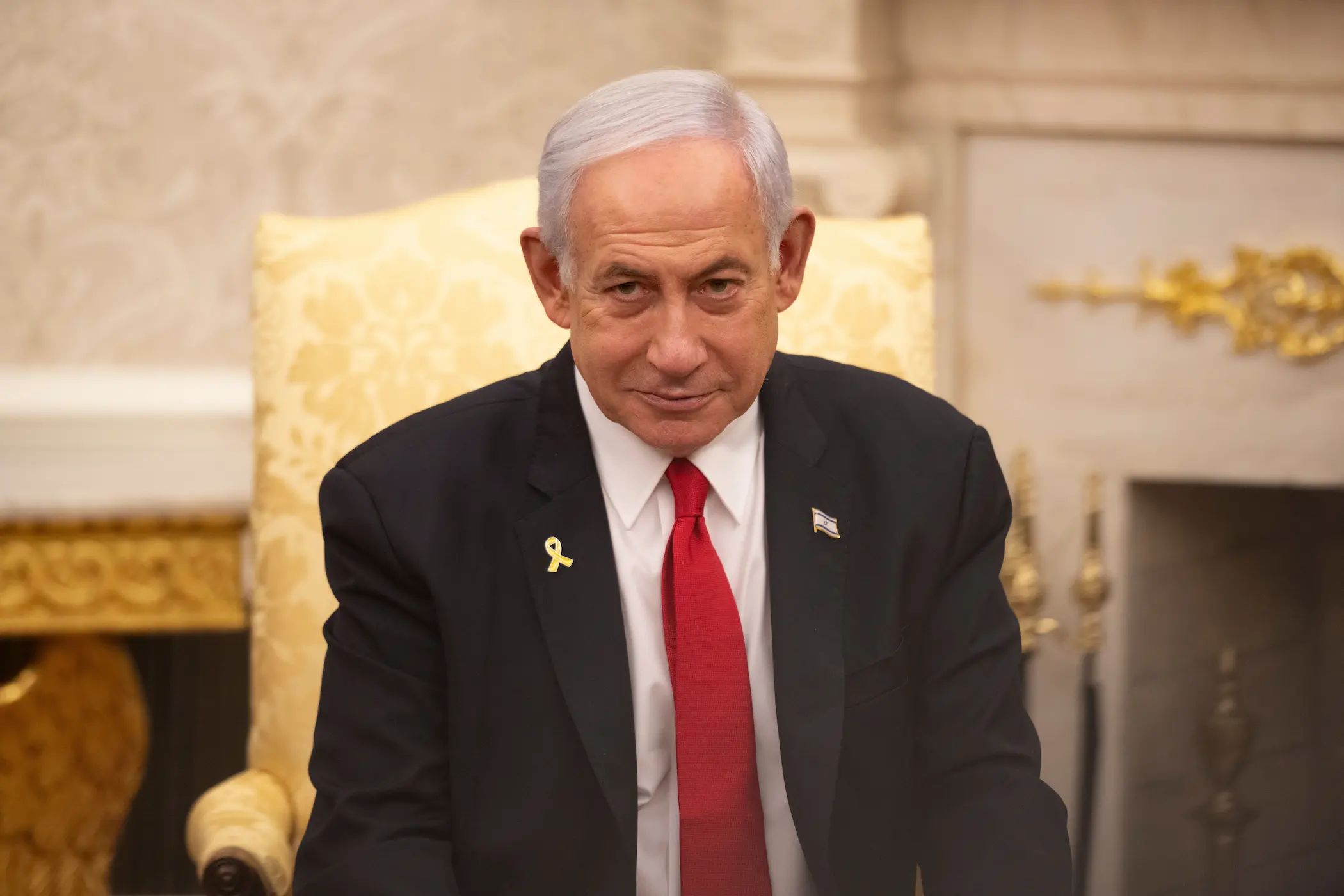
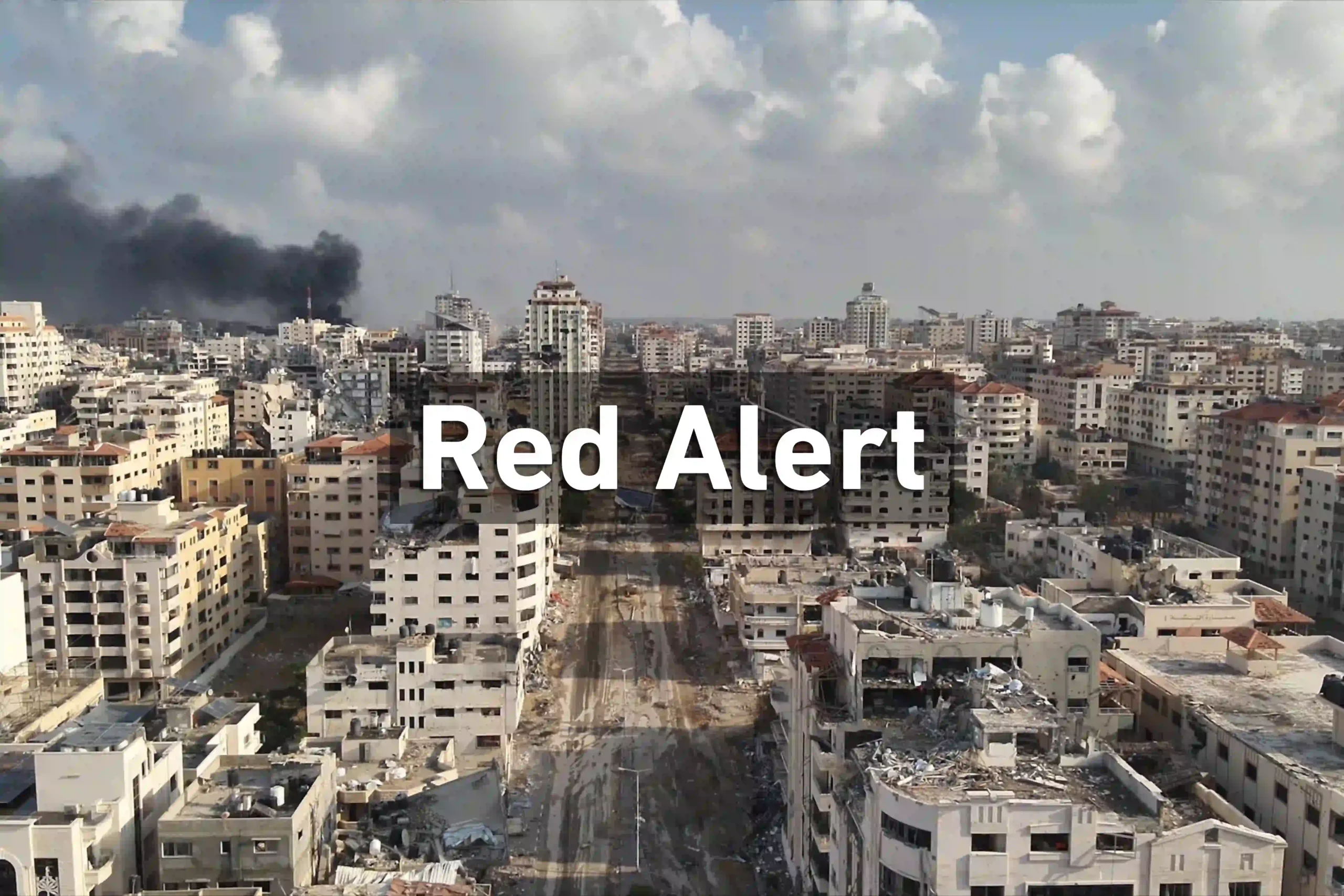
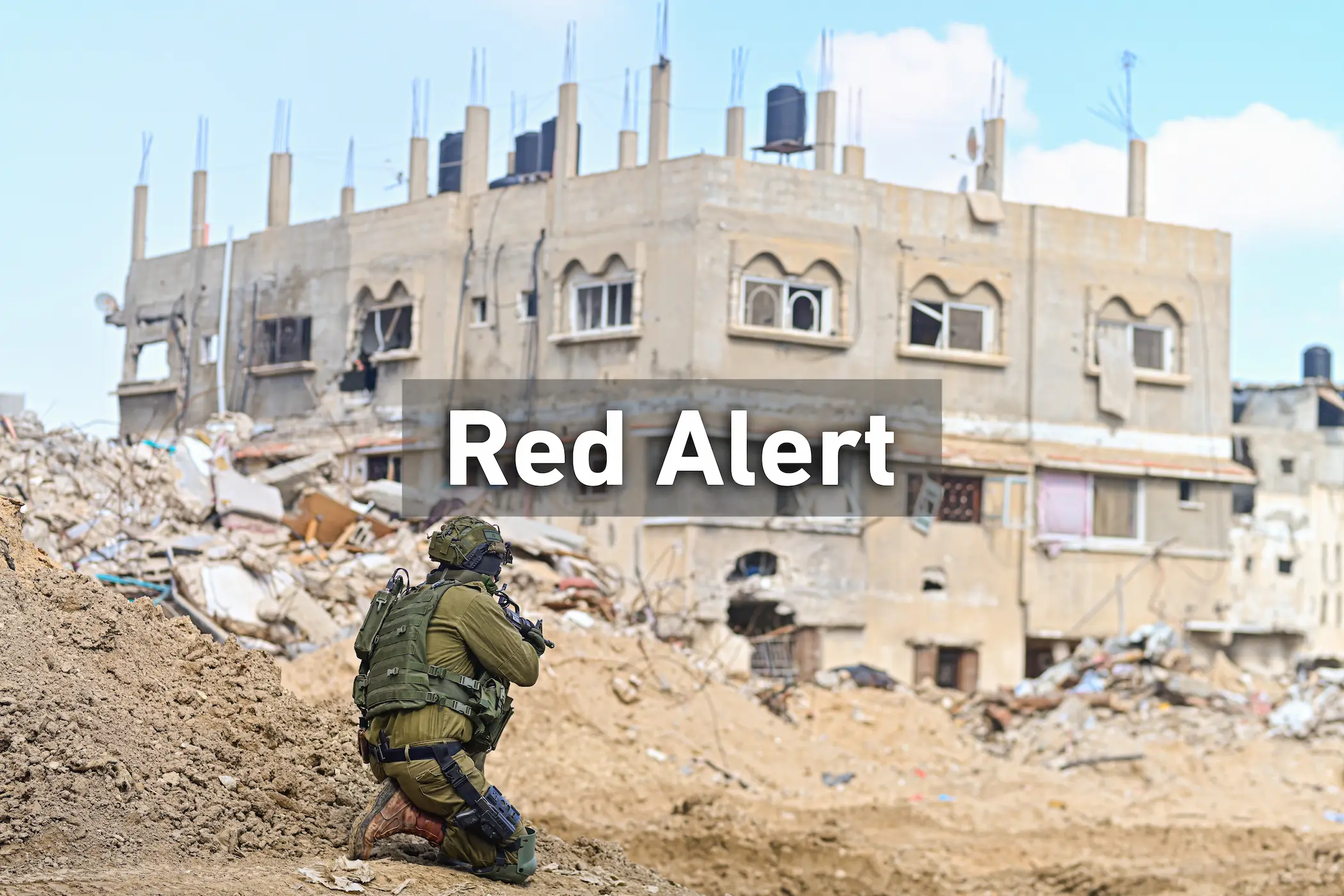

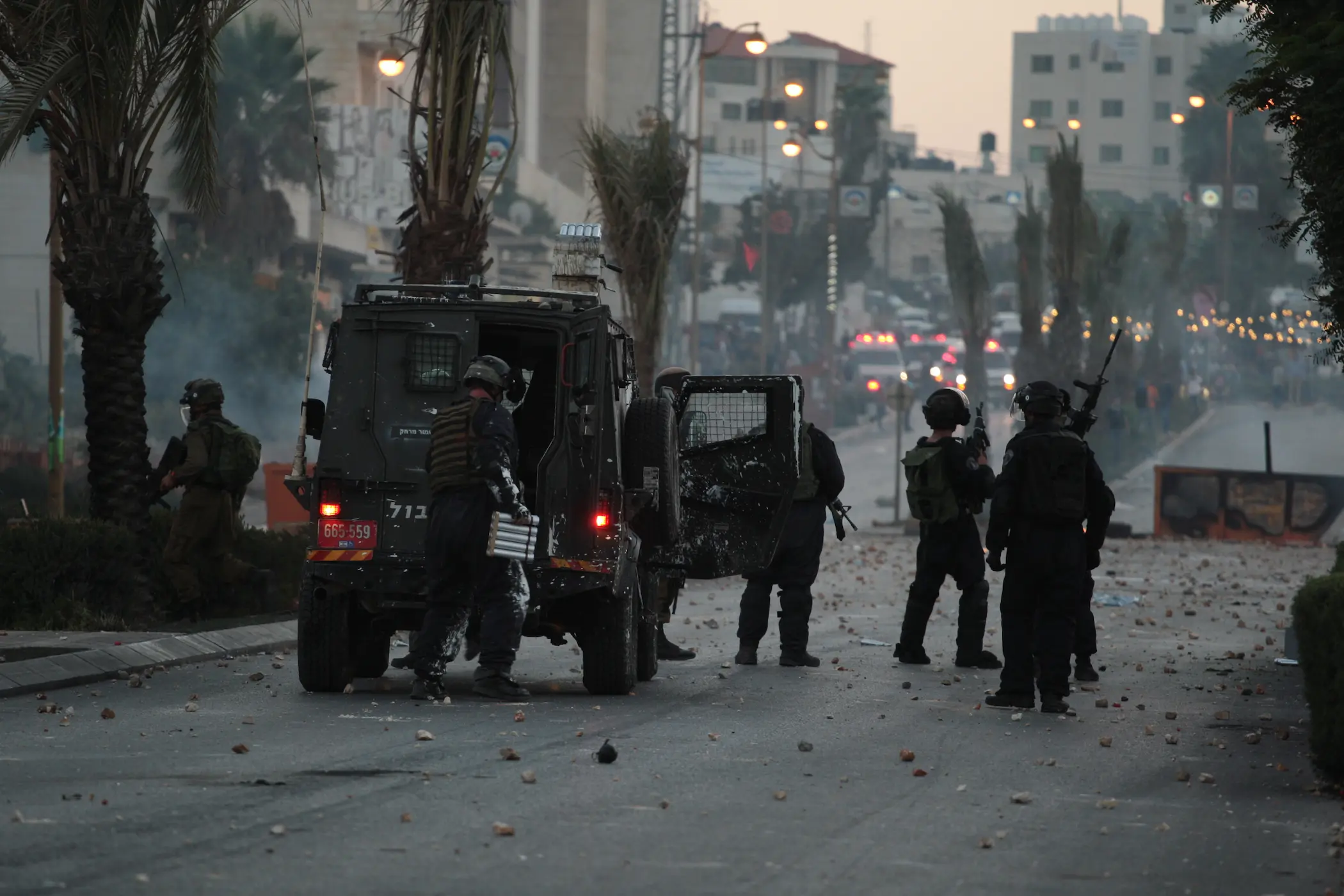



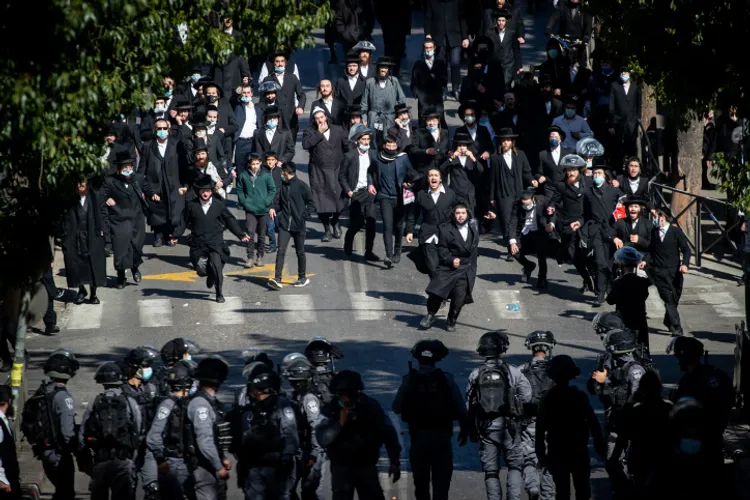
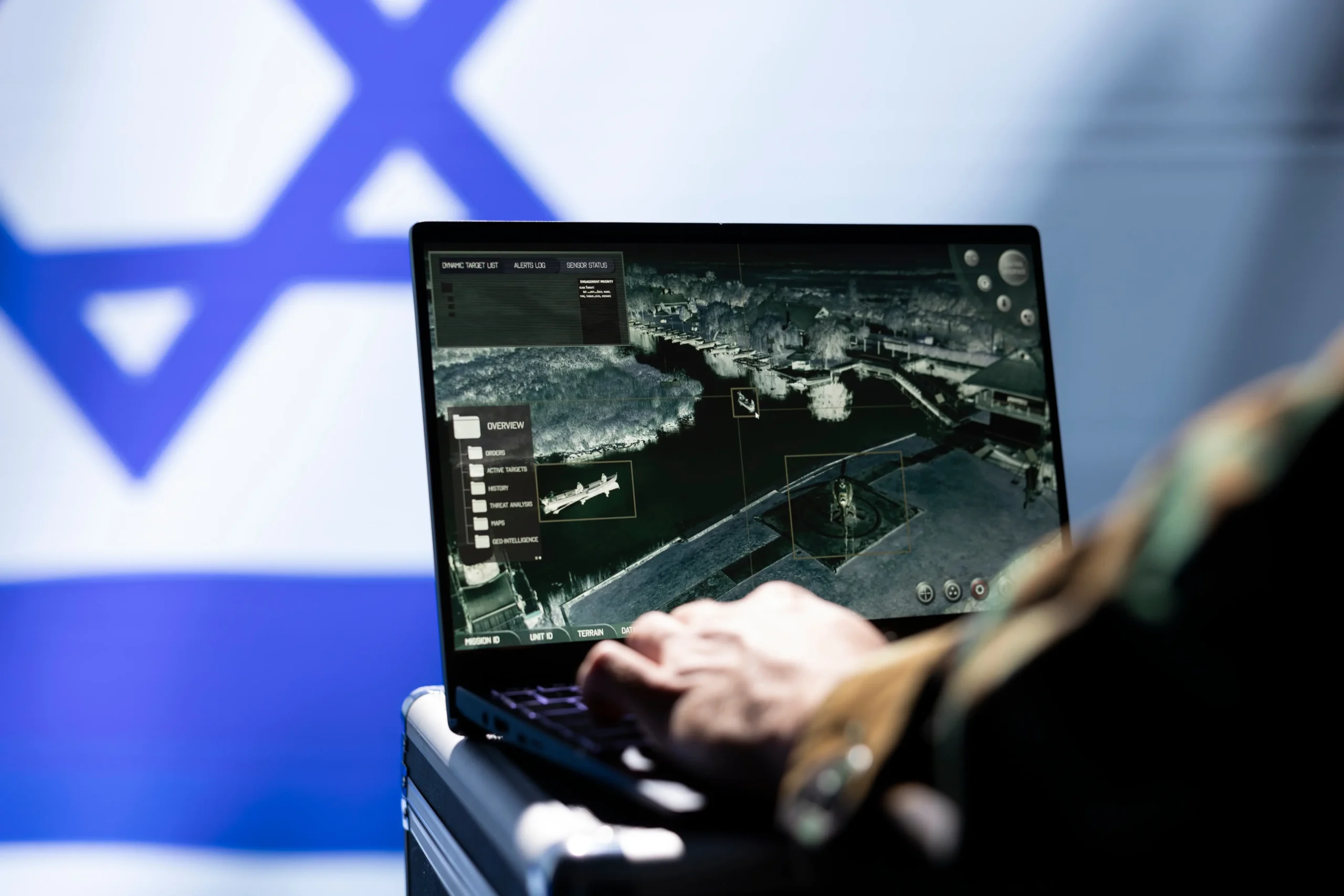
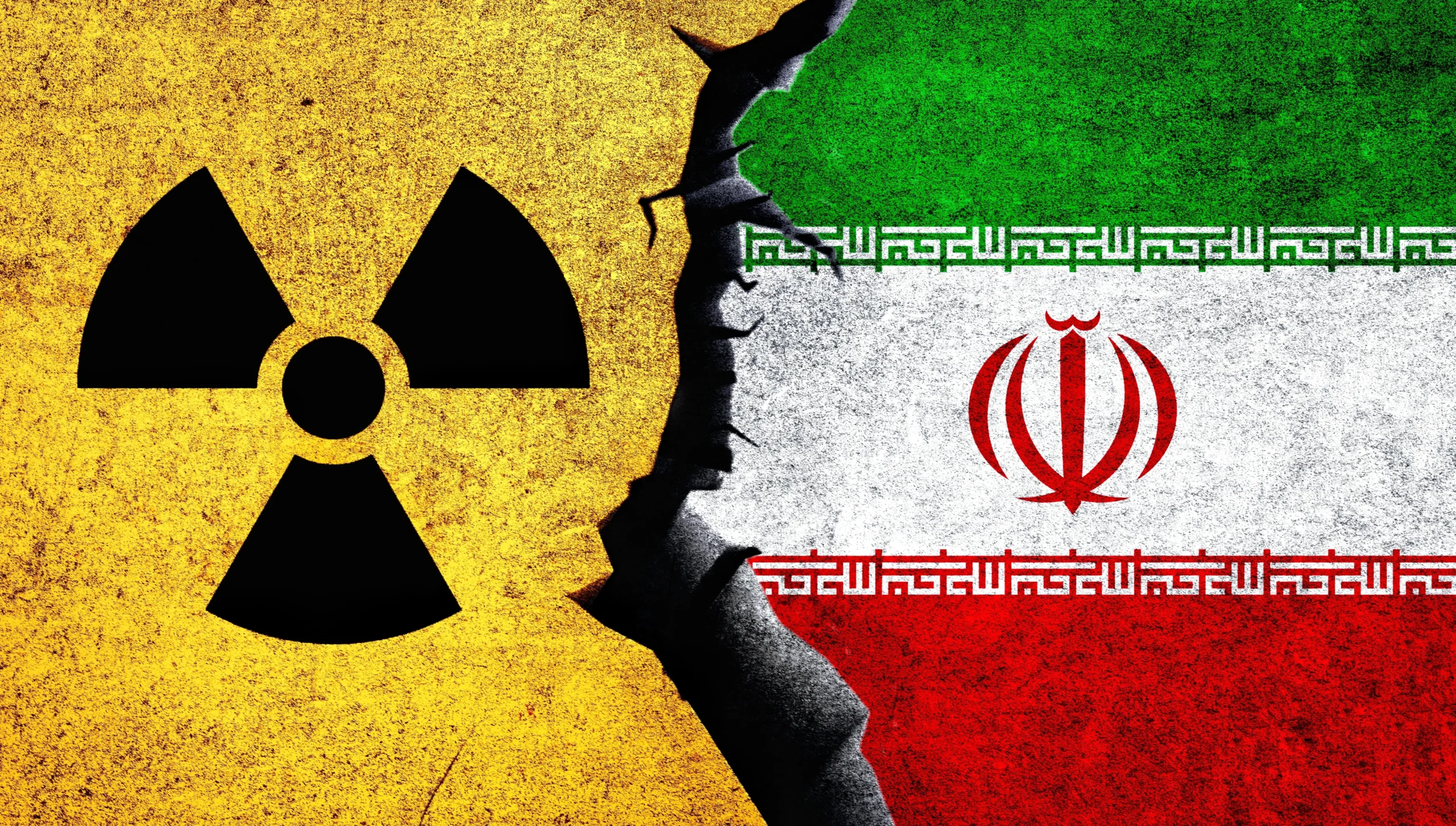
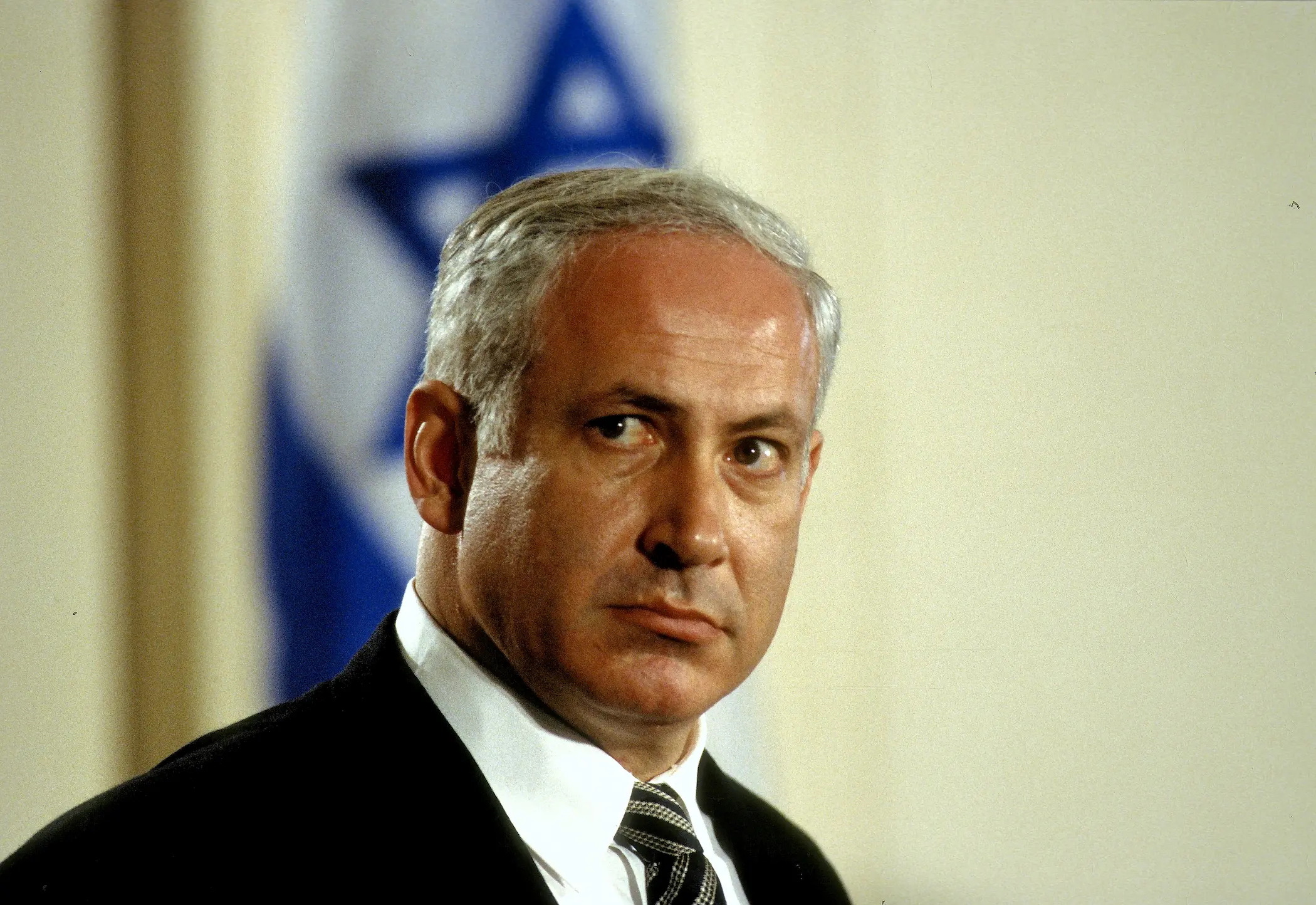

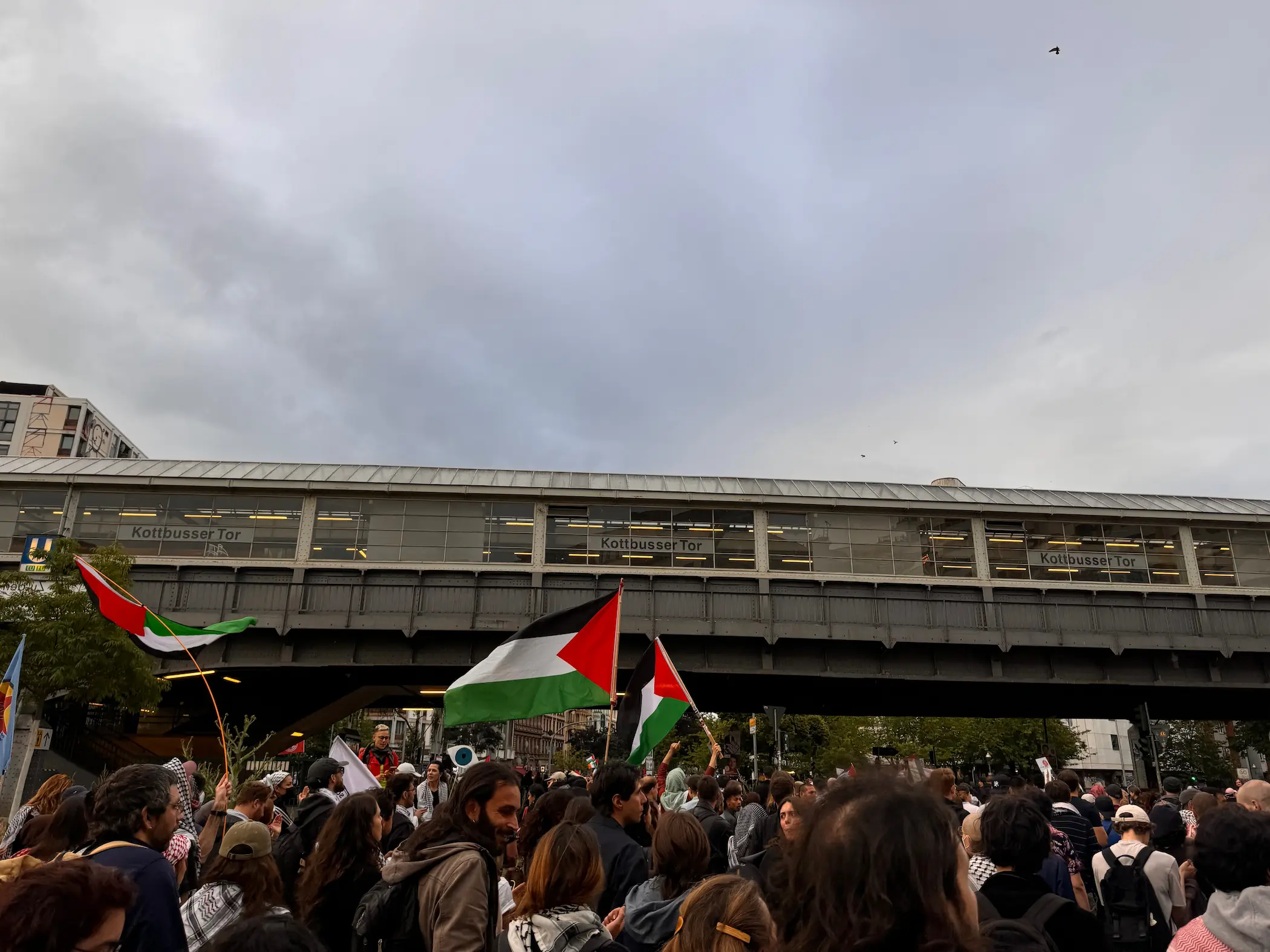
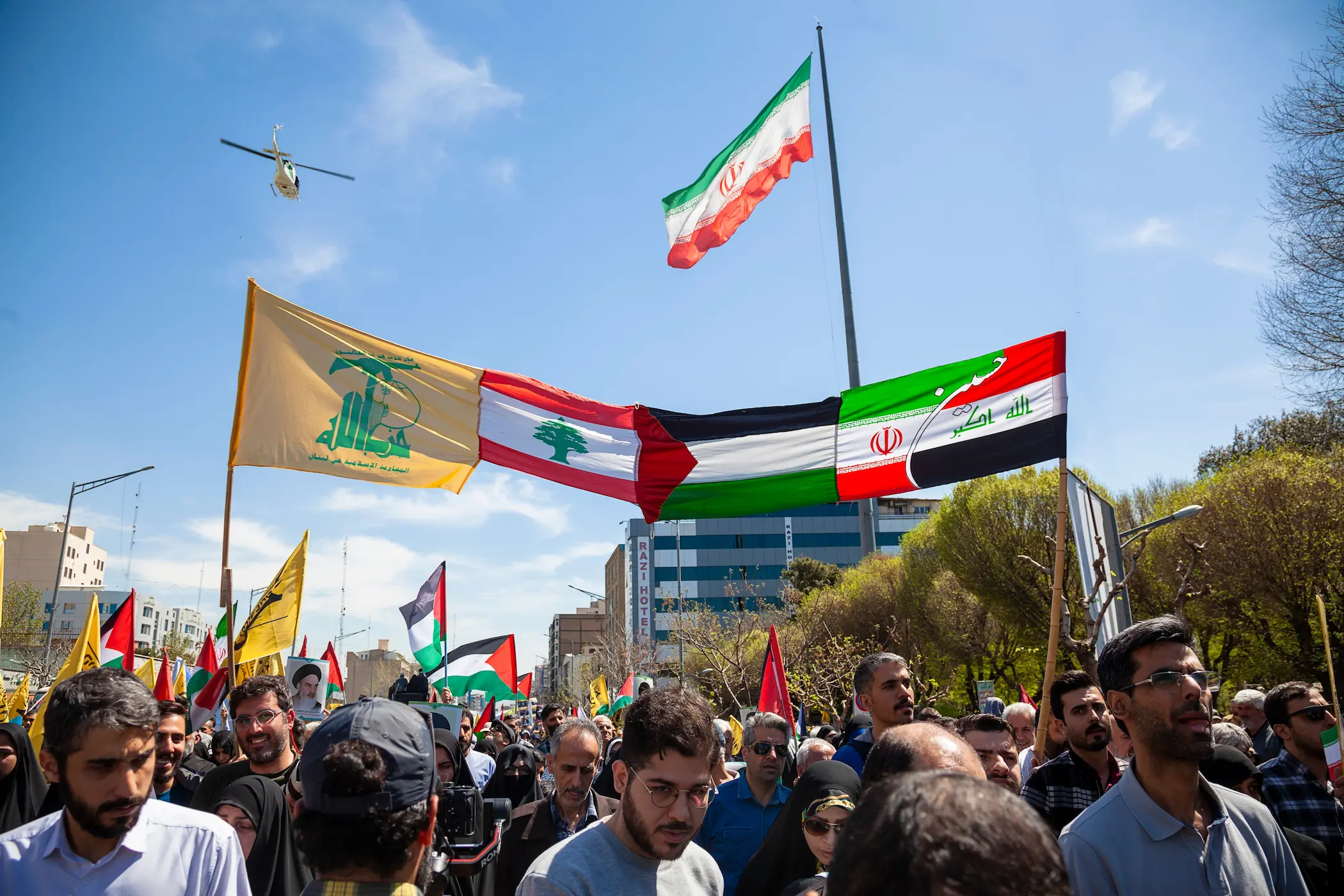
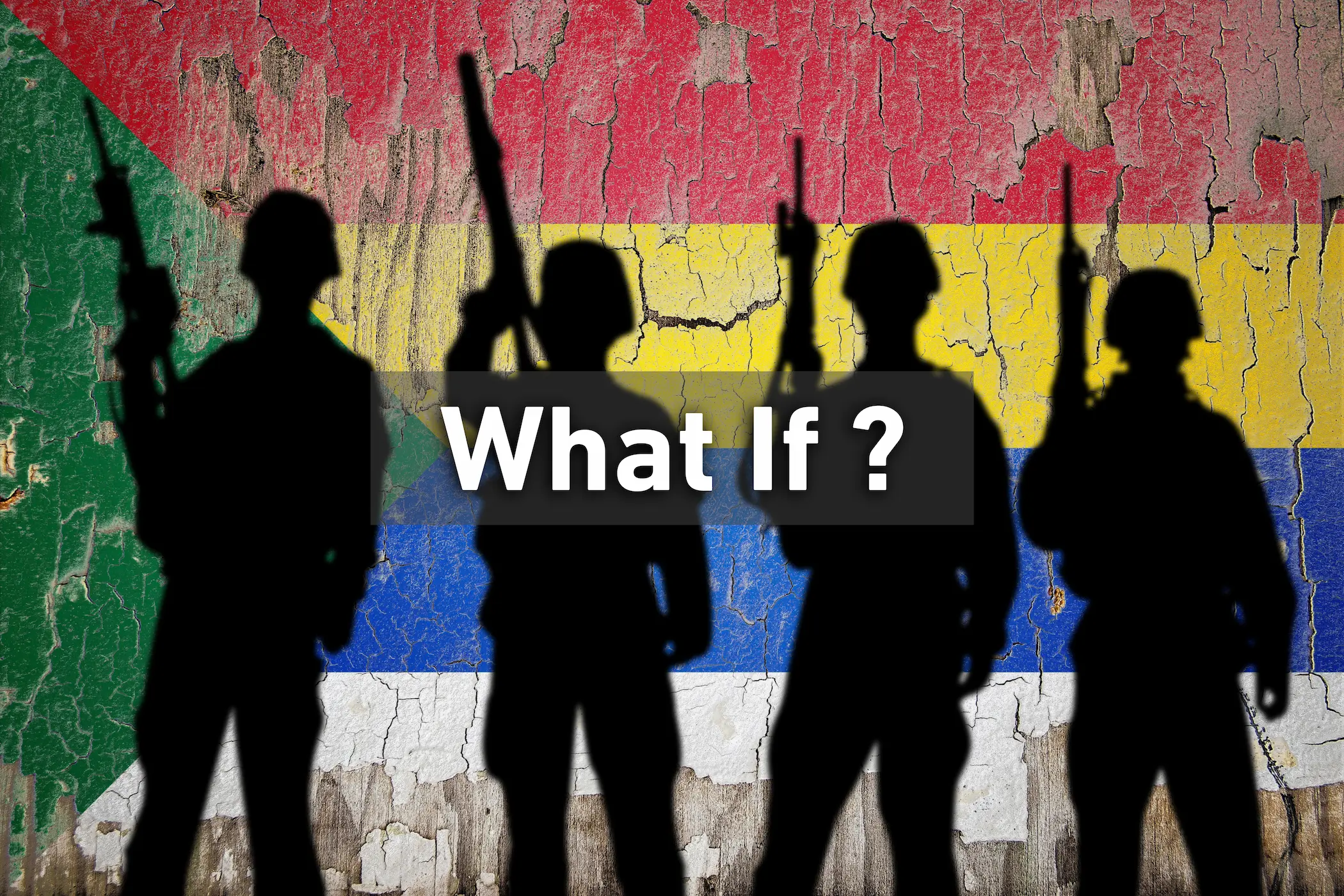
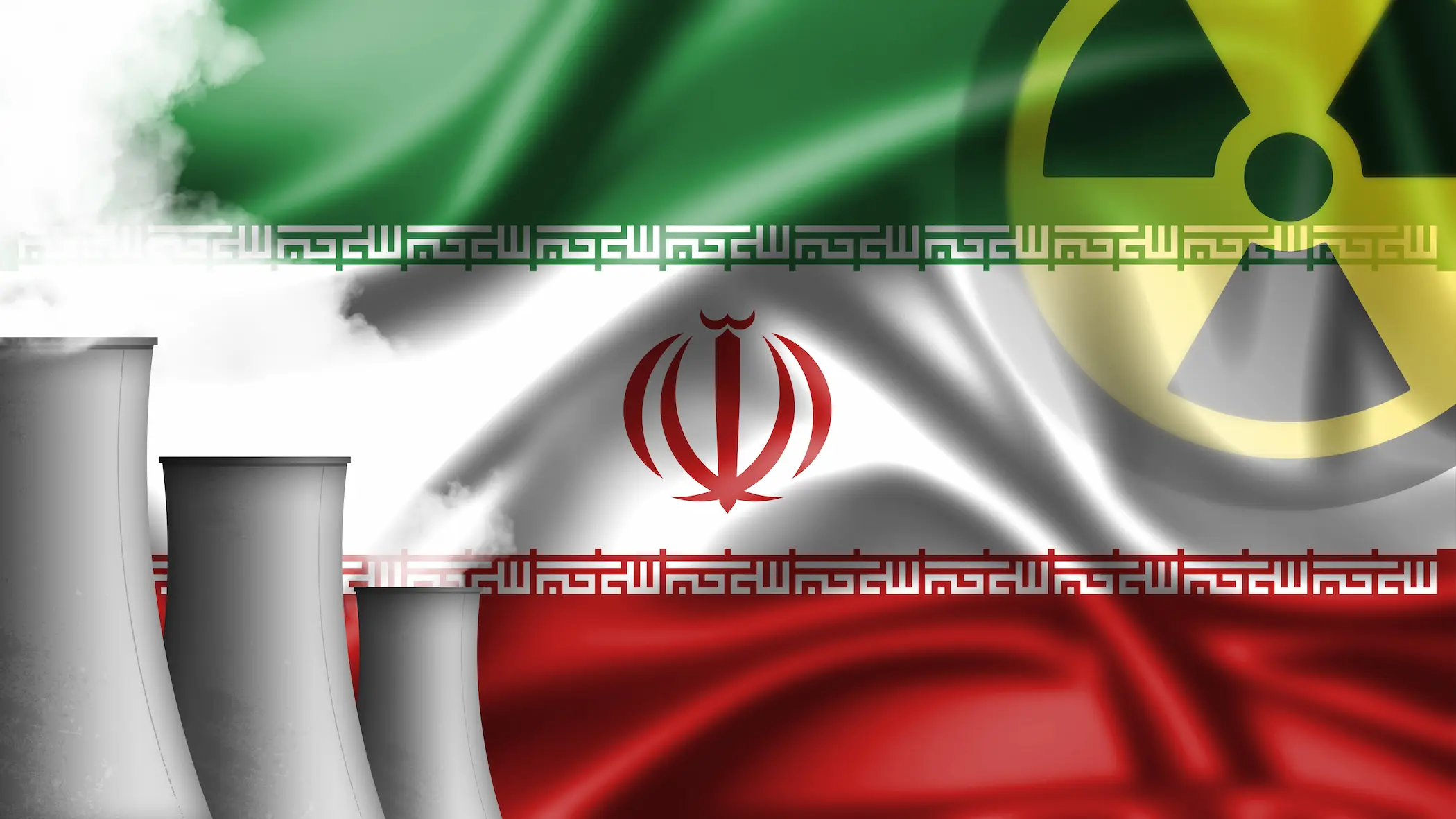
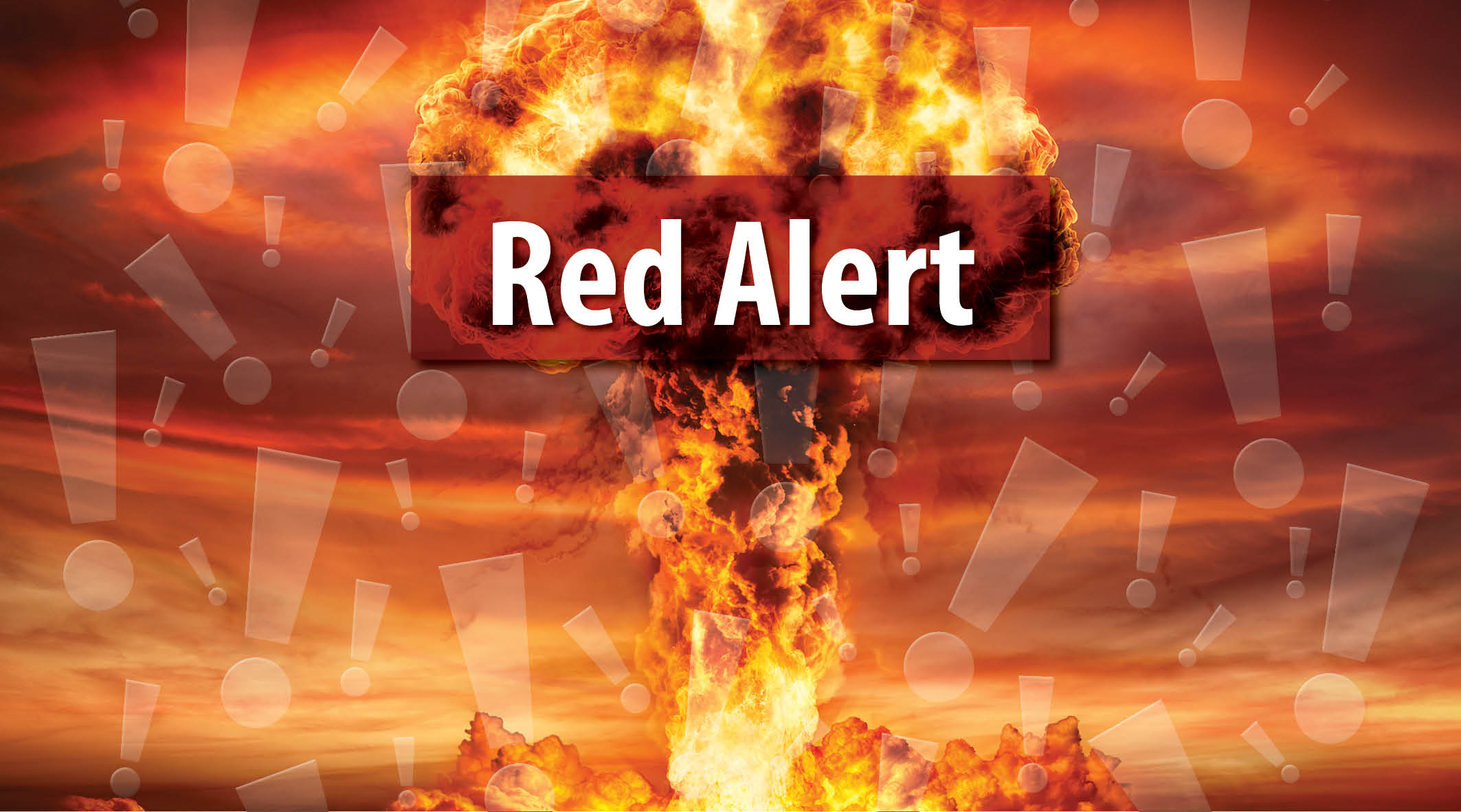
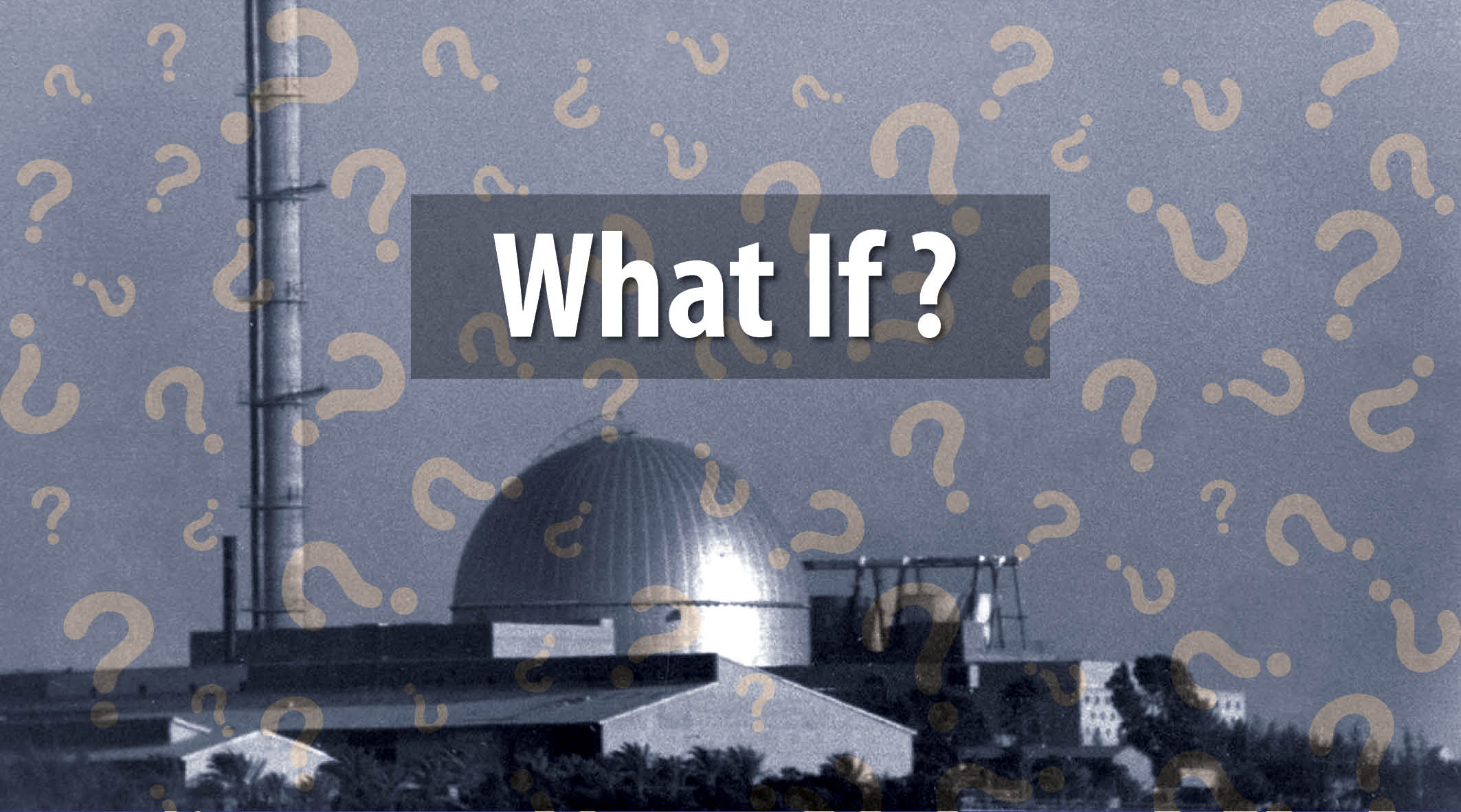
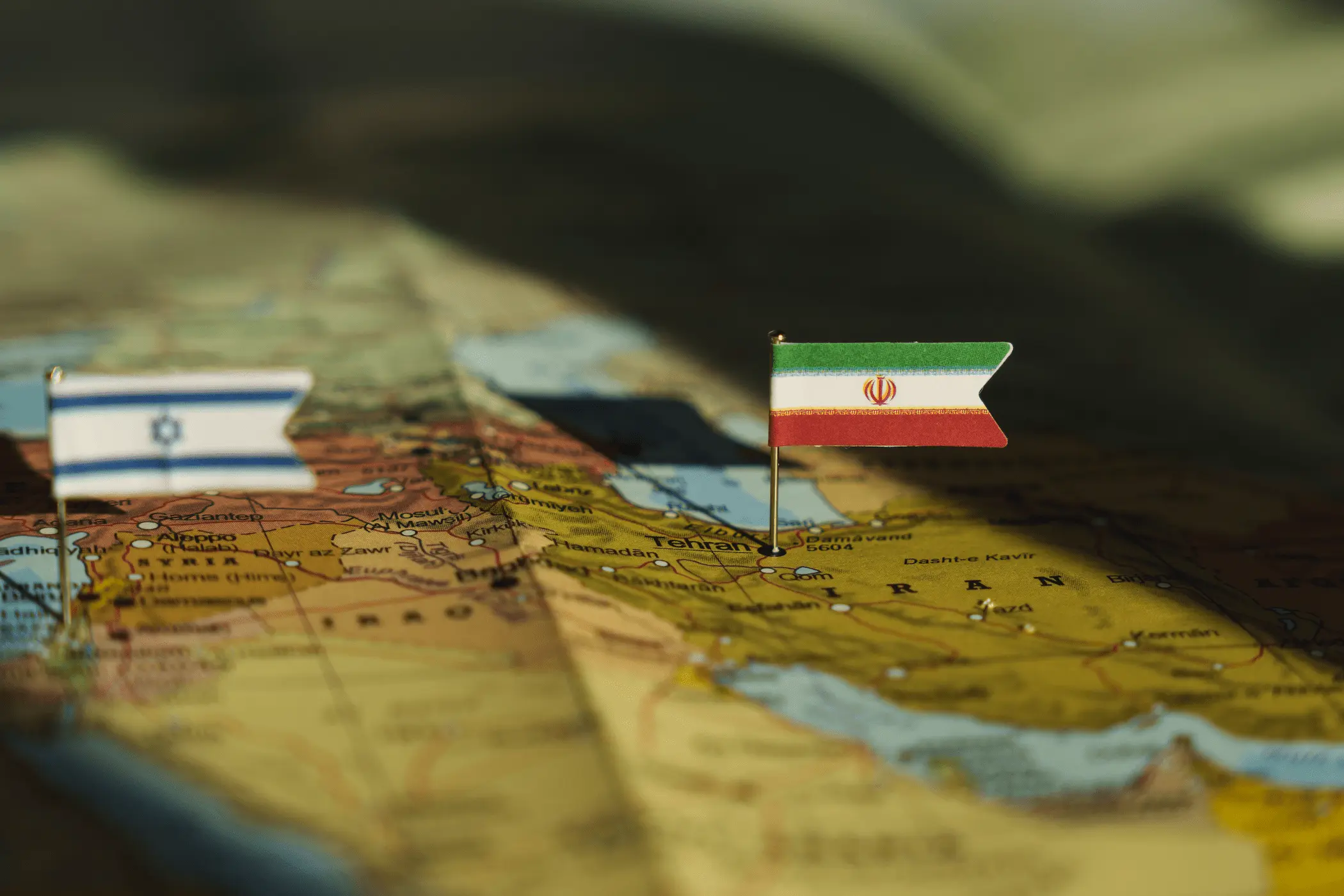
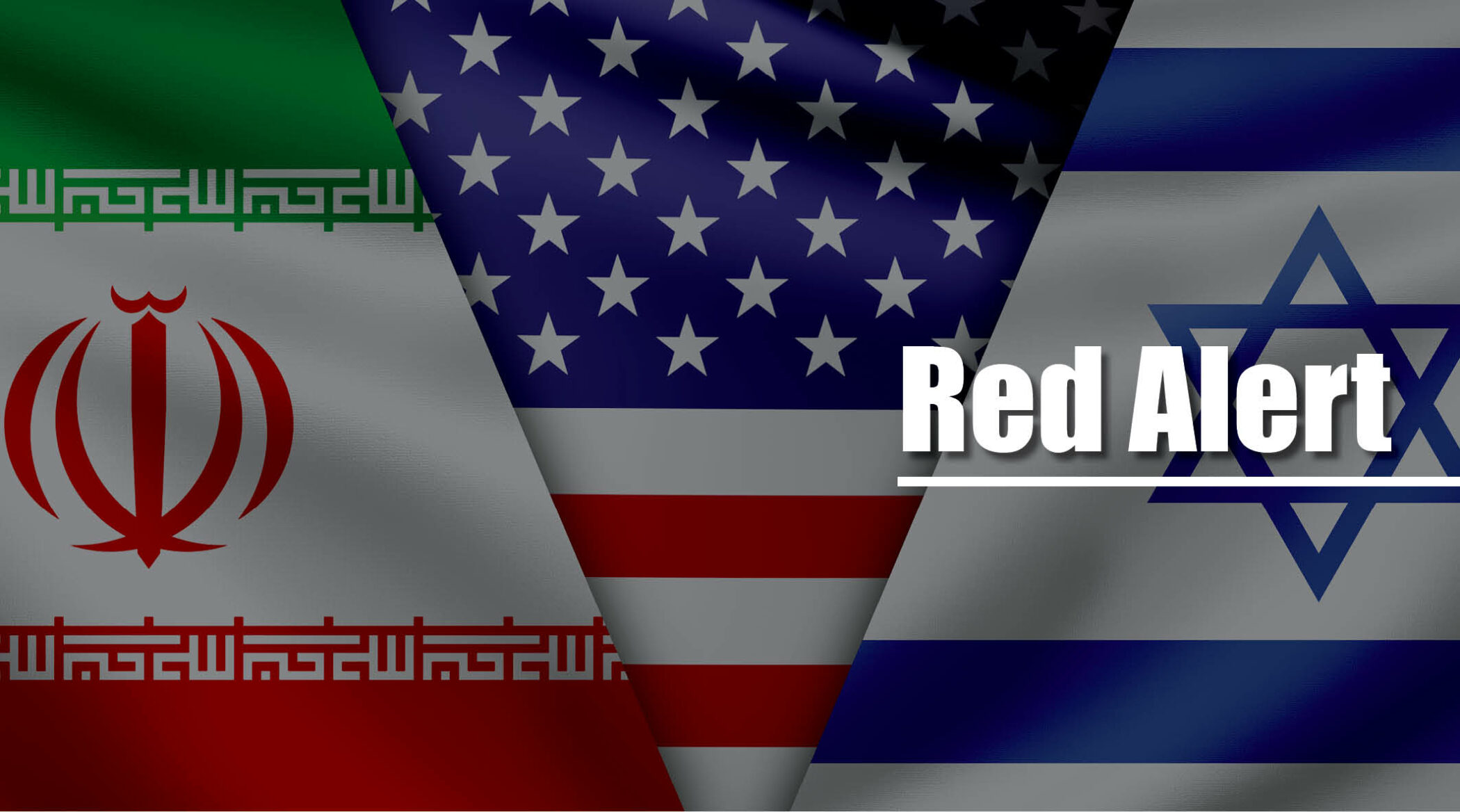
Comments